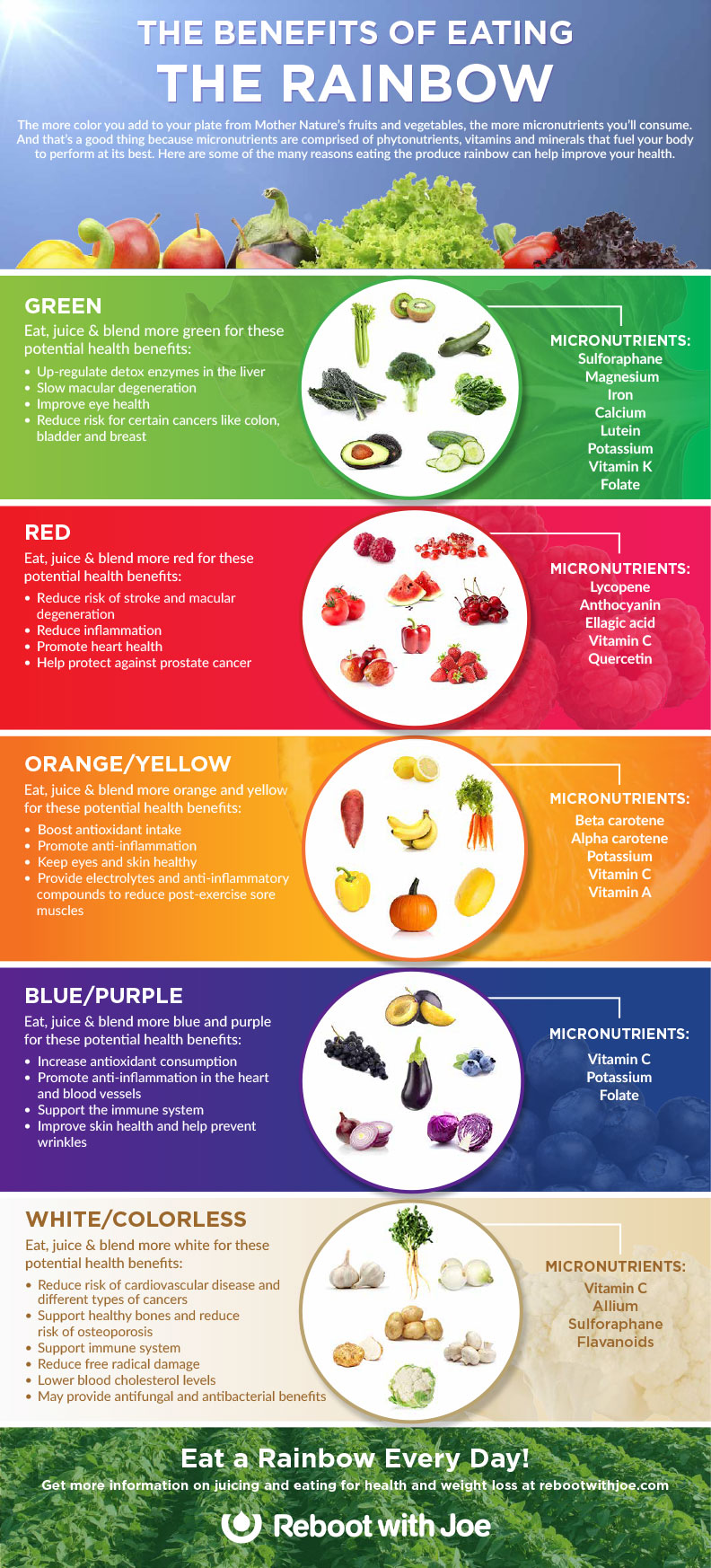Protect Your Physical Well Being
Strength, coordination, endurance and performance are all determined by what you consume during meal time. The food choices you make directly relate to your ability to participate in daily physical activities, including housework, job functions, homework, family care giving and exercise. A diet rich in healthy foods can make each movement seem effortless. However, a diet full of bad choices can cause stress, strain and pain in our bodies.
According to CNN.com’s article, When Food Causes You Pain, “about 70% of our immune cells are in our digestive system, making direct contact with the food we enjoy every day. If the immune system is triggered by bacteria in food, or flags a food as an allergen, or has an imbalance of important hormones such as insulin, it can set off the red alert of inflammation.”
“In addition, the
American Journal of Clinical Nutrition reported that processed sugars and other high-glycemic starches increase inflammation, which causes pain, overheating, redness and swelling.”
3 Tips to Improve Your Diet and Physical Health:
We have the power to make an impact on how we feel by making simple changes. To illustrate, we’ve adopted 3 tips from the article, When Food Causes You Pain.
1. Limit your sugar and white flour intake
The American Journal of Clinical Nutrition warns that processed sugars trigger the release of inflammatory messengers called cytokines. Sugar has many aliases, so look out for any word ending in “ose,” e.g. fructose or sucrose on ingredient labels.
According to Arthritis.org, “white flour products (breads, rolls, crackers) white rice, white potatoes (instant mashed potatoes, or french fries) and many cereals are refined carbohydrates. These high-glycemic index foods fuel the production of advanced glycation end (AGE) products that stimulate inflammation.
If you are trying to avoid sugar, you may also want to stay away from the popular sugar substitute known as Aspartame. Arthritis.org states that “Aspartame is a non-nutritive, intense artificial sweetener found in more than 4,000 products worldwide. It is a neurotoxin, which means it affects the brain. If you are sensitive to this chemical, your immune system will react to the “foreign substance” by attacking the chemical, which in return, will trigger an inflammatory response.” Safe, all natural sugar substitutes can be raw honey, Stevia and maple syrup.
2. Listen to your body’s response to foods
Common food allergens include wheat, dairy, soy, gluten, shellfish, sugar… just to name a few. Eating foods that your body might be allergic to destabilizes your insulin and causes poor blood sugar levels, which leads to greater inflammation. A high level of insulin increases cortisol, your stress hormone, which causes your body to hold on to fat rather than allowing you to burn it for energy. Excess belly fat can be an indicator of chronic inflammation.
Food allergies also trigger mast cells to release histamine, causing the redness and swelling associated with inflammation. Diseases that are caused by inflammation and can often be treated with physical and occupational therapy include carpal tunnel syndrome, arthritis and lupus.
3. Taste the rainbow (and no, we don’t mean skittles)
The more colorful your dinner plate is, the more benefit to your body! Lay down the skittles and follow the chart below to determine what foods you might need to incorporate into your diet. For example, foods like tomatoes, strawberries and apples known to reduce inflammation, promote heart health and reduce the risk of stroke.
It’s never too late to make better choices. Following the tips provided and paying attention to the foods on our plate, we can reduce pain, strain, and stress in our bodies. Let’s make 2017 a great year…One filled with improved endurance, performance, and strength!
Resources:
The Benefits of Eating the Rainbow; www.rebootwithjoe.com


